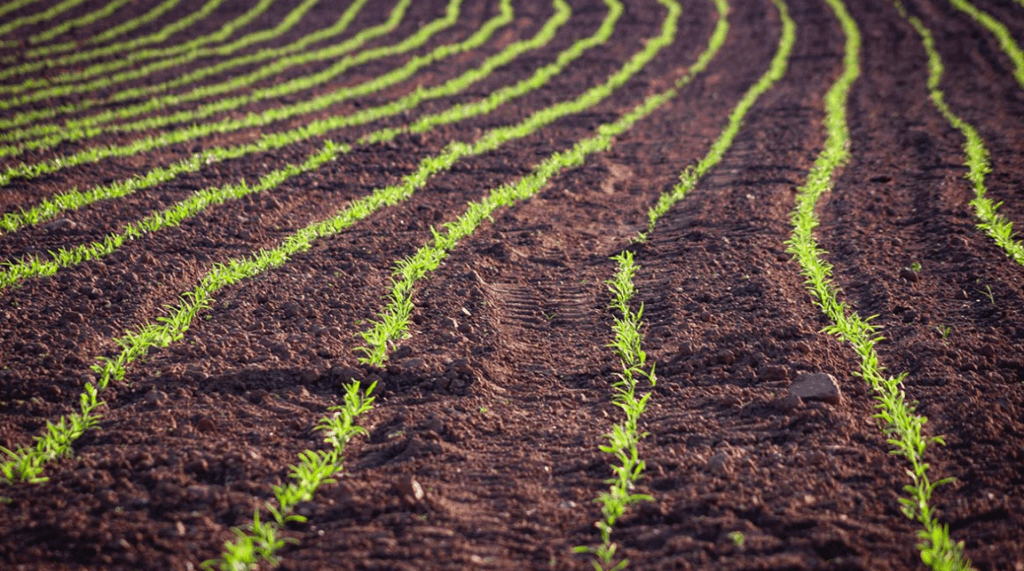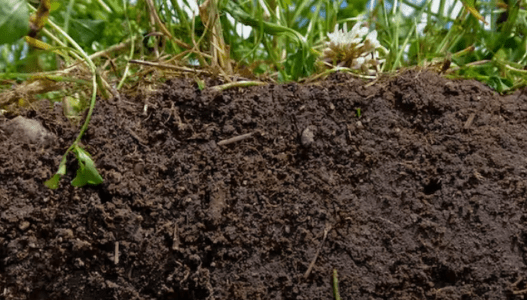Soil health is a critical component of sustainable agriculture and environmental conservation. As we observe World Soil Day on December 5 each year, it’s essential to explore innovative methods to revive and reuse old soil. This article delves into various techniques, from composting magic to harnessing the power of mycorrhizal fungi, to ensure a sustainable and resilient future for our planet.
1. Introduction
World Soil Day serves as a global reminder of the importance of soil health and sustainable soil management. Soil, often called the “silent foundation” of our planet, supports a complex ecosystem crucial for agriculture and biodiversity.
2. Understanding Soil Health Depletion
Over time, soil can lose its fertility due to factors like excessive use, improper farming practices, and environmental degradation. This depletion can have detrimental effects on crop yields and ecosystem health.
3. Creative Ways to Revive Old Soil
3.1. Composting
Composting is a simple yet powerful technique to enrich soil. By collecting organic materials like kitchen scraps and yard waste, you can create nutrient-rich compost that improves soil structure and provides essential nutrients for plant growth.
3.2. Crop Rotation
Continuous cultivation of the same crops can deplete specific nutrients in the soil. Implementing a crop rotation strategy helps replenish these nutrients naturally, ensuring a balanced soil ecosystem.
3.3. Cover Cropping
Cover crops, such as legumes and clover, protect the soil from erosion and contribute to its fertility by fixing nitrogen. Integrating cover crops into farming practices rejuvenates old soil and promotes sustainable agriculture.

Img Src:-agriplasticscommunity.com
3.4. Green Manure
Green manure involves growing specific plants and turning them into the soil before maturity. This process adds organic matter, enhancing soil texture and promoting microbial activity, thus improving soil fertility.
3.5. Microbial Marvels – Mycorrhizal Fungi
Mycorrhizal fungi form symbiotic relationships with plant roots, facilitating nutrient uptake. Introducing these beneficial fungi into the soil enhances its fertility and improves plant health, making it a valuable tool for soil rejuvenation.
4. Benefits of Sustainable Soil Management
Adopting sustainable soil management practices offers numerous benefits, including improved soil health, increased crop yields, and reduced environmental impact. These practices ensure long-term soil fertility and contribute to a resilient ecosystem.
5. Conclusion
World Soil Day reminds us of our responsibility to protect and nourish the soil that sustains life on Earth. By embracing sustainable soil management practices, such as composting, crop rotation, and mycorrhizal fungi utilization, we can actively contribute to the revival of old soil and pave the way for a more sustainable future.
Click Here For More Tips and Guide’s
6. FAQs
- What is World Soil Day?
- World Soil Day is observed annually on December 5 to raise awareness about the importance of soil health and sustainable soil management.
- Why is soil health important?
- Soil health is crucial for supporting plant growth, maintaining biodiversity, and regulating water and nutrient cycles.
- How does composting help revive old soil?
- Composting adds organic matter and nutrients to the soil, improving its structure and fertility.
- What are the benefits of crop rotation?
- Crop rotation helps replenish nutrients in the soil, reduces pest and disease pressure, and improves soil structure.
- How do mycorrhizal fungi improve soil fertility?
- Mycorrhizal fungi form symbiotic relationships with plant roots, enhancing nutrient uptake and improving soil structure.










